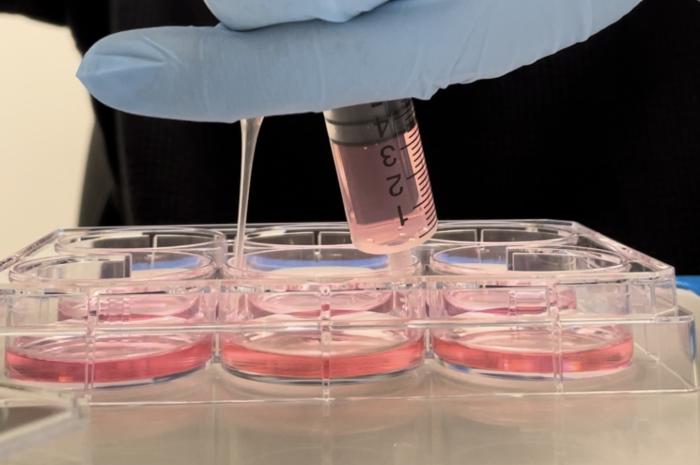Summary: A breakthrough study from New York University reveals that cells from the kidney and nerve tissue can form memories, similar to brain cells. The research, published in Nature Communications, demonstrates that these non-brain cells can learn from repeated experiences and retain information, challenging our understanding of how memory works throughout the body.
Journal: Nature Communications, November 7, 2024, DOI: 10.1038/s41467-024-53922-x | Reading time: 4 minutes
Beyond the Brain: A New View of Memory
While we’ve long known that our brains store memories, scientists have made a remarkable discovery: other cells in our body can learn and remember too. The research, conducted at New York University, reveals that cells from our kidneys and nerve tissue possess a previously unknown ability to form memories.
“Learning and memory are generally associated with brains and brain cells alone, but our study shows that other cells in the body can learn and form memories, too,” explains Nikolay V. Kukushkin, the study’s lead author.
Cramming vs. Spacing: A Cellular Perspective
The research team used a clever approach to test cellular memory. They drew from a well-known learning principle – that studying material in spaced intervals leads to better retention than cramming everything into one session.
In their laboratory experiments, the scientists exposed kidney and nerve tissue cells to patterns of chemical signals, mimicking how brain cells encounter information. They engineered these cells to produce a glowing protein that would indicate when a “memory gene” was activated.
The Body’s Hidden Learning Ability
The results showed something remarkable: these non-brain cells could distinguish between repeated chemical pulses and continuous exposure. When the signals came in spaced intervals, the cells activated their memory genes more strongly and for longer periods compared to receiving the same treatment all at once.
“This reflects the massed-space effect in action,” notes Kukushkin, who serves as a clinical associate professor at NYU Liberal Studies. “It shows that the ability to learn from spaced repetition isn’t unique to brain cells, but, in fact, might be a fundamental property of all cells.”
Future Implications for Health and Treatment
This discovery opens new possibilities for understanding and treating memory-related conditions. The researchers suggest we might need to consider how different body parts “remember” their experiences – from how the pancreas recalls past meal patterns to maintain blood glucose to how cancer cells might remember patterns of chemotherapy.
The findings could lead to innovative approaches for enhancing learning and addressing memory problems, while also changing how we think about treatment strategies for various conditions throughout the body.
Glossary
• Neurotransmitters: Chemical messengers that transmit signals between nerve cells
• Memory gene: A gene activated during the formation of memories
• Massed-spaced effect: The principle that learning is more effective when spread out over time
• Neural tissue: Tissue that makes up the nervous system
Reader Comprehension Quiz
1. What types of non-brain cells did researchers study?
Answer: Cells from kidney tissue and nerve tissue
2. How did researchers monitor the cells’ memory formation?
Answer: Through a glowing protein that indicated when the memory gene was active
3. What is the massed-spaced effect?
Answer: Information is better retained when studied in spaced intervals rather than all at once
4. What happened when cells received spaced-out chemical signals?
Answer: They turned on the memory gene more strongly and for a longer time than with continuous exposure
Enjoy this story? Get our newsletter! https://scienceblog.substack.com/
If our reporting has informed or inspired you, please consider making a donation. Every contribution, no matter the size, empowers us to continue delivering accurate, engaging, and trustworthy science and medical news. Independent journalism requires time, effort, and resources—your support ensures we can keep uncovering the stories that matter most to you.
Join us in making knowledge accessible and impactful. Thank you for standing with us!

